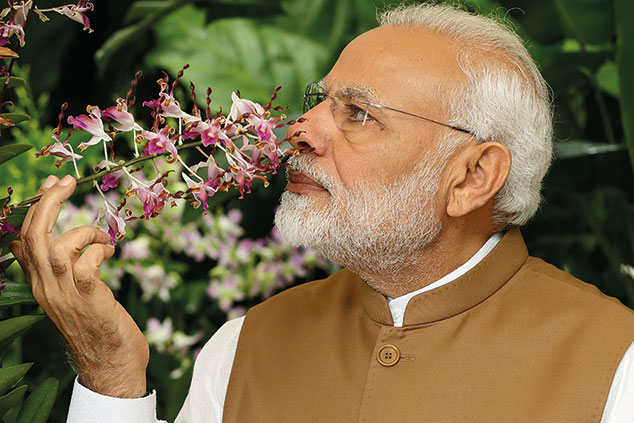
India’s current-account deficit widened to $15.8bn, or 2.4% of GDP, during the second quarter. Oil imports are a key factor here, and with prices climbing, the value of imports has risen. The same goes for fuel costs for Indian consumers, resulting in nationwide protests.
Meanwhile, the government has announced measures to close the gap, including making it easier for foreign investors to access India and curbing some imports. Local reports suggest the electronics, petroleum and telecoms sectors could be affected.
Nevertheless, analysts think the government’s interventions may not be enough to counteract ongoing fears about India’s vulnerability to the US-China trade dispute and dwindling overall confidence in emerging markets, say Kiran Stacey and Alice Woodhouse in the Financial Times.
Storm in a teacup
India should ride out this squall, however. The big picture remains encouraging. The latest available national accounts data show economic growth accelerated in the first quarter to a two-year high of 7.7% year on year, according to Capital Economics. In the second quarter it “moderated a touch”, but remained “very strong by the standards of the recent past”. Vehicle production growth, for example, is still rising by almost 20% per year.
In the past decade the Indian economy has expanded by about 6% to 7% per year. Historically, it has suffered from red tape, over-regulation and inefficient tax collection.
Prime Minister Narendra Modi’s administration has brought in various reforms to change that. The government has created the world’s largest digital database, with more than one billion people registering their iris and fingerprint signatures. It has also replaced the many local and national sales taxes with one national goods and services tax (GST), similar to VAT, in an attempt to create a single market. These changes are a step in the right direction.
India’s long-term prospects remain promising. It has a young population – the median age is 28 and the middle class is expanding rapidly – paving the way for a surge in consumption over the next few decades.
The big domestic market also means the country is less vulnerable to a downturn in global trade than most emerging markets. Exports make up just 18.9% of GDP. Our favourite Indian investment is the Aberdeen New India Investment Trust (LSE: ANII), which is on a 15% discount to net asset value.